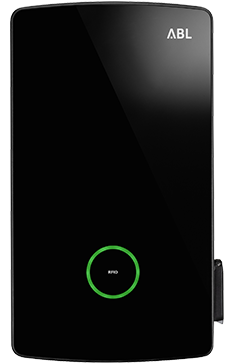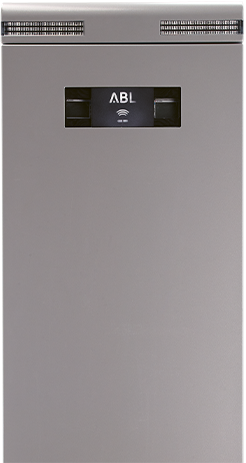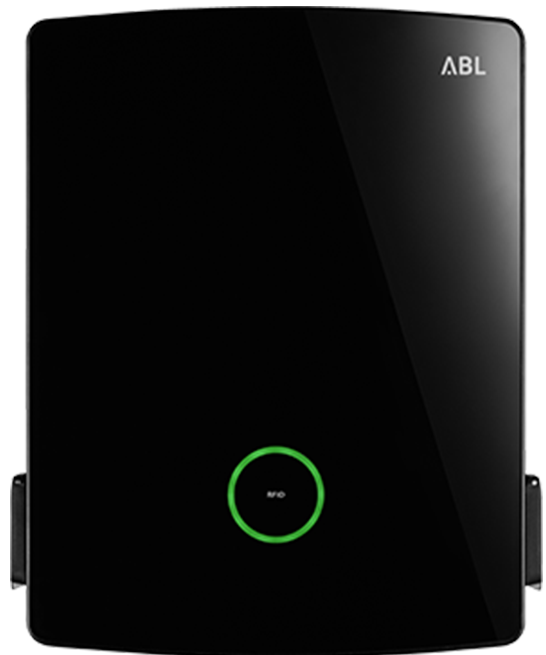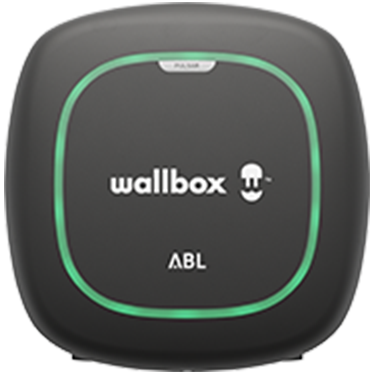

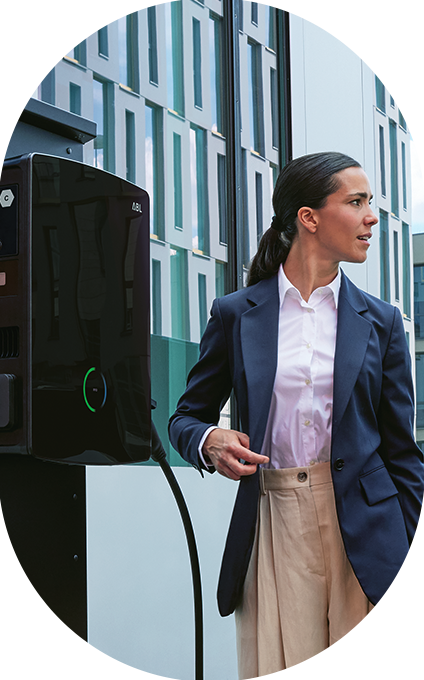

eMobility by ABL
Wir laden Ihr
Elektrofahrzeug
Ladelösungen für
private, gewerbliche
und öffentliche
Anwendungen
eMobility by ABL
Wir laden Ihr
Elektrofahrzeug
Ladelösungen für
private, gewerbliche
und öffentliche
Anwendungen
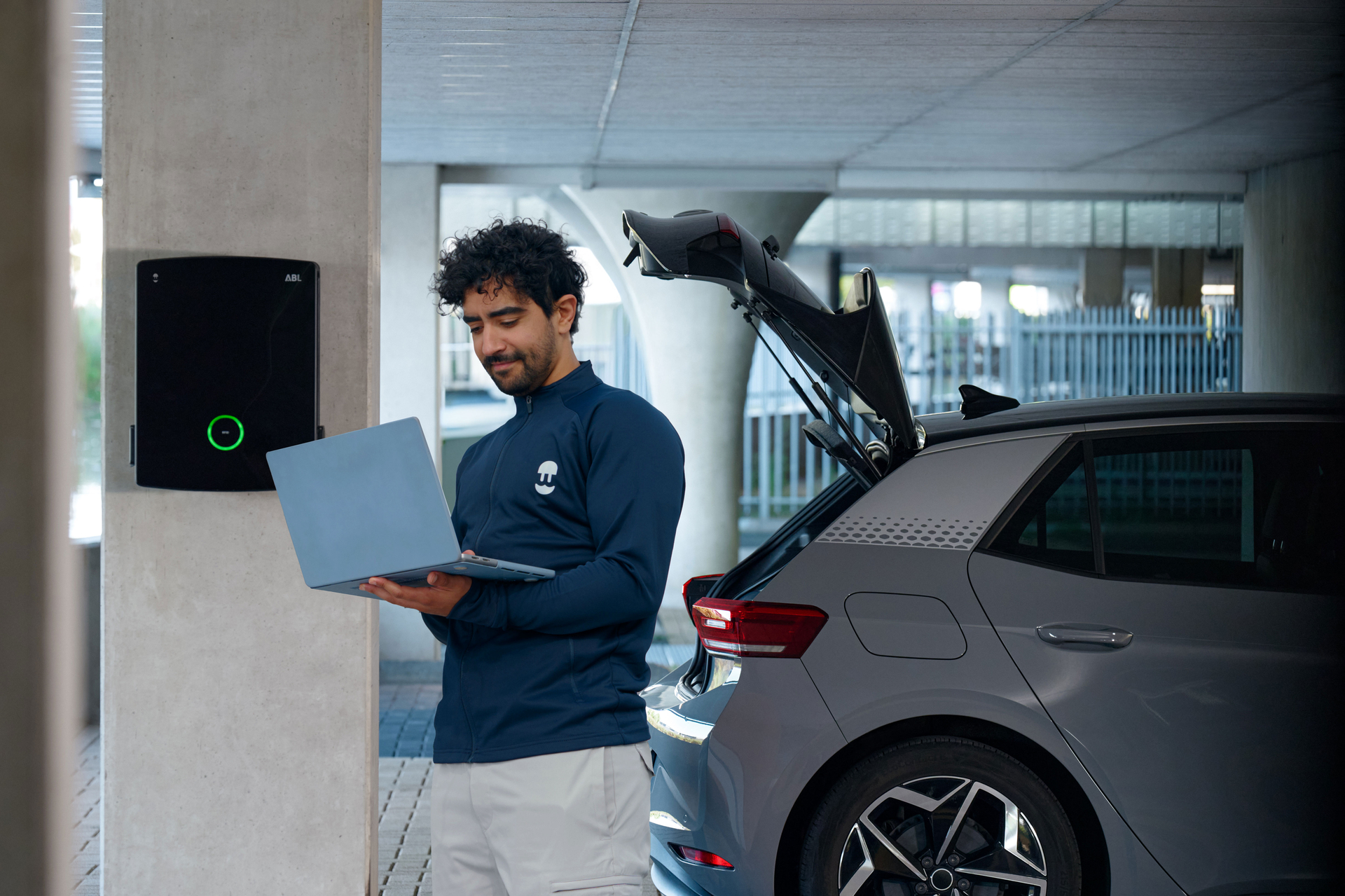
Software Update für die Wallbox eM4: Systemstabilität und neue Funktionen
Die dauerhafte und volle Leistungsfähigkeit Ihrer Ladeinfrastruktur hängt davon ab, dass Hard- und Software perfekt zusammenarbeiten.
Ab sofort steht Ihnen in unserem Downloadbereich das Software Update 2.4 für die Wallbox eM4 zur Verfügung.
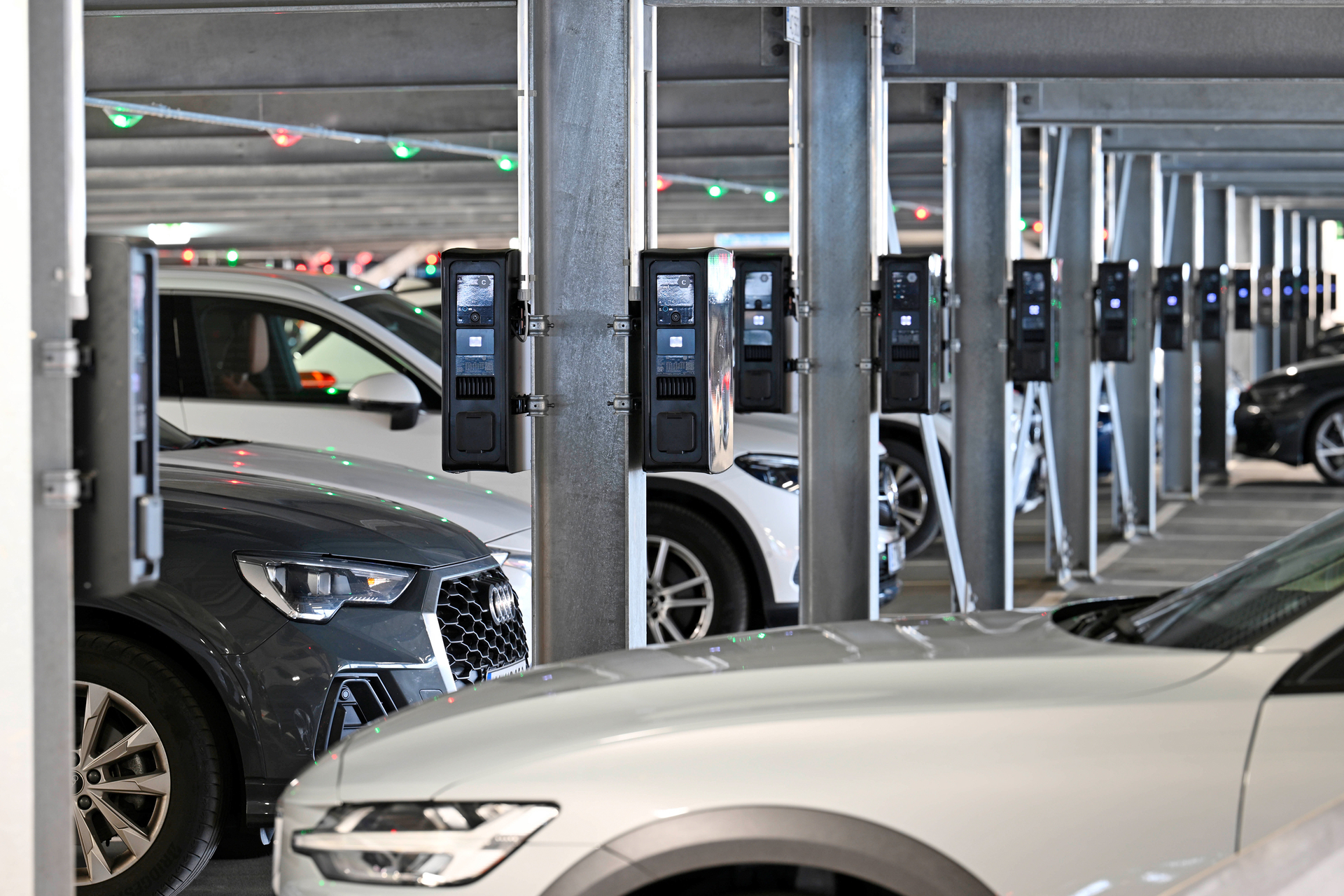
Bayerns größter AC-Ladepark in Rekordzeit: Die Erfolgsstory am Flughafen München
Der Ausbau der Ladeinfrastruktur für E-Fahrzeuge ist ein zentraler Baustein der Klimastrategie vieler Großprojekte – so auch am Flughafen München, der das ehrgeizige Ziel „Net Zero 2035" verfolgt. Im stark frequentierten Parkhaus P44 wurde ein echter Meilenstein gesetzt: Der größte AC-Ladepark Bayerns entstand in Rekordzeit.
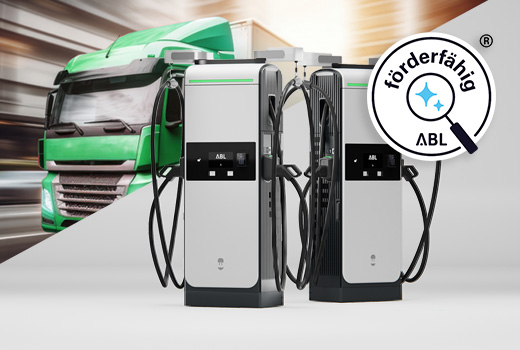
TruckCharge@BW: Supernova 220 ist förderfähig
Ministerium für Verkehr Baden-Württemberg stellt Fördermittel zum Ausbau von Schnellladeinfrastruktur für Elektronutzfahrzeuge bereit.
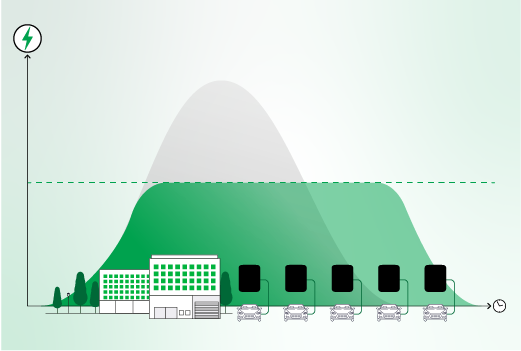
ABL Blog:
Lastmanagement – Was ist das und für wen lohnt sich die Investition?
In unserem Blogbeitrag finden Sie alles Wissenswerte rund um das Thema Stromkapazität effektiv nutzen.
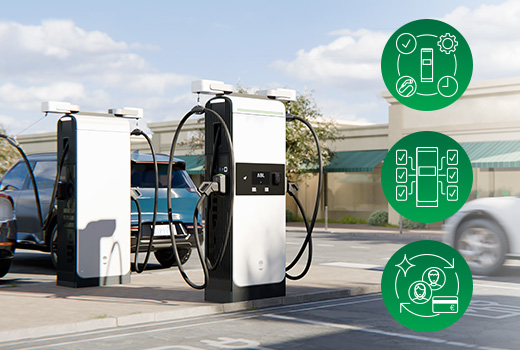
ABL Blog:
ABL Supernova 220: maßgeschneidertes Schnellladen für Ihren Ladeservice
Als Charge Point Operator (CPO) und eMobility Service Provider (EMSP) stehen für Sie als eMobility Expert*in der reibungslose Ladeinfrastruktur-Betrieb sowie ein anwenderfreundliches, auf individuelle Bedürfnisse zugeschnittenes Ladeerlebnis Ihrer Kund*innen im Fokus. Wir haben für Sie zusammengefasst, weshalb es sich als Ladepunktbetreiber lohnt, auf unsere Produktneuheit zu setzen.
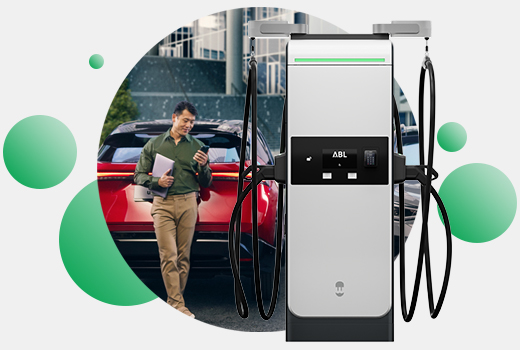
eMobility Pionier ABL führt eichrechtskonforme DC-Schnellladestation ein
Wir freuen uns, Ihnen unsere erste DC-Schnellladestation in unserem Produktportfolio vorzustellen. Die Supernova 220 vereint effiziente Technologie mit smarten Funktionen und erfüllt alle Anforderungen im DC-Segment, inklusive der in Deutschland und Österreich gesetzlich vorgeschriebenen Eichrechtskonformität für den Einsatz im öffentlichen Bereich.

ABL Blog:
ABL Configuration App: mühelose Inbetriebnahme und Konfiguration der Wallbox eM4
Mit der ABL Configuration App ist die Konfiguration und Inbetriebnahme der Wallbox eM4 schnell und einfach. Wir haben für Sie gesammelt, welche Funktionen Ihnen die ABL Configuration App bietet und mit welchen Highlights die App punktet.

ABL Blog: Dolezych GmbH & Co. KG dekarbonisiert Fuhrpark und setzt auf Ladelösung von ABL
Dolezych GmbH & Co. KG hat im Zuge des Förderprogramms „progres.nrw – Emissionsarme Mobilität" in Ladeinfrastruktur von ABL investiert und zieht ein durchweg positives Resümee zum Projekt Ladepark und dem Betrieb und der Handhabung der ABL Ladestationen.
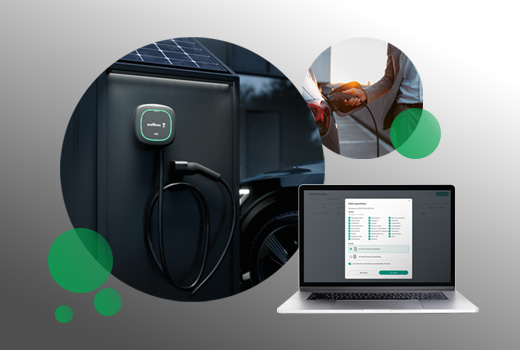
ABL Blog: Dienstwagen zuhause laden und Ladevorgänge mit dem Arbeitgeber abrechnen
In diesem Blogpost erfahren Sie, wie Sie für Ladevorgänge mit der Wallbox ABL Pulsar im Wallbox Portal einen Datenexport erstellen und an Ihren Arbeitgeber übermitteln.
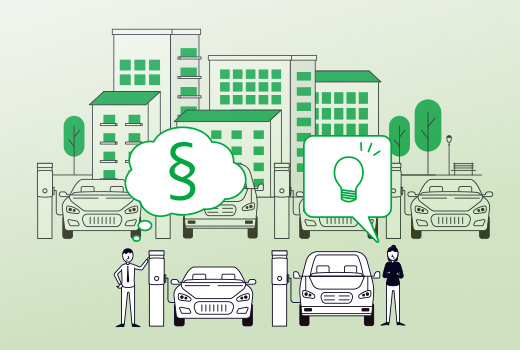
ABL Blog: Ladelösungen in Mehrfamilienhaus, Wohnkomplex und Co.
Welche rechtlichen Ansprüche und Pflichten haben Sie als Mieter*in und Eigentümer*in, wenn Sie in eine Ladestation für zuhause investieren möchten? Wir haben für Sie die wichtigsten Informationen über die rechtlichen Rahmenbedingungen, die den Ausbau der Elektromobilität im Wohnungssektor fördern, zusammengefasst.

ABL Blog: Dienstwagen zuhause laden: Auf der Suche nach der passenden Ladestation
Die Gründe für Dienstwagen-fahrer*innen, sich eine Ladestation für zuhause anzuschaffen sind vielfältig. Wir haben für Sie zusammengefasst, welche gesetzlichen Anforderungen an das Dienstwagenladen zuhause gelten und welche ABL Ladelösung sich für Ihren individuellen Anwendungsfall eignet.
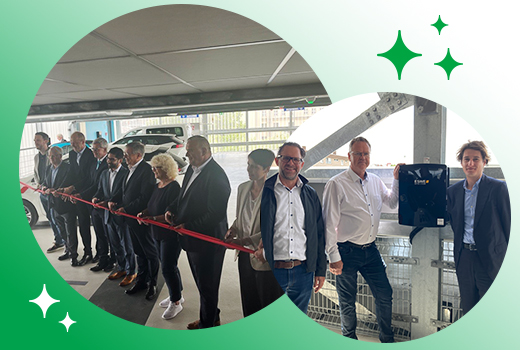
Eröffnung E-Mobility Hub Parkhaus Wiesbaden
Am Montag, den 01.07.2024, wurde in Wiesbaden ein neues Parkhaus in der Klarenthaler Straße eröffnet. Das Parkhaus wartet mit 429 Stellplätzen auf. Besonders zukunftsträchtig machen das Vorzeigeprojekt die über 400 AC- und DC-Ladepunkte. Die verbauten AC-Ladestationen sind eichrechtskonforme Wallboxen eM4 Twin und Single von ABL.
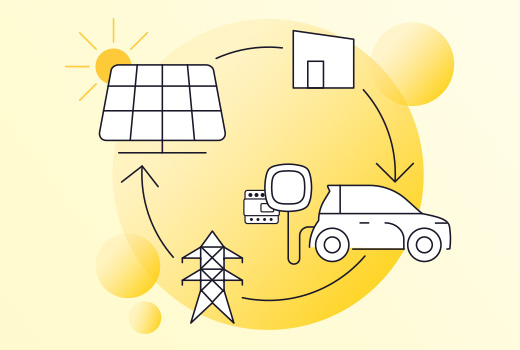
ABL Blog: Solaranlage auf dem Dach, grüner Strom in der Batterie des E-Autos
Was unser Zuhause betrifft, legen wir großen Wert darauf, möglichst energieeffizient unterwegs zu sein. Wir zeigen Ihnen, worauf es beim Laden mit einer PV-Anlage ankommt und wie Sie mit der Wallbox ABL Pulsar effizient PV-Strom laden.
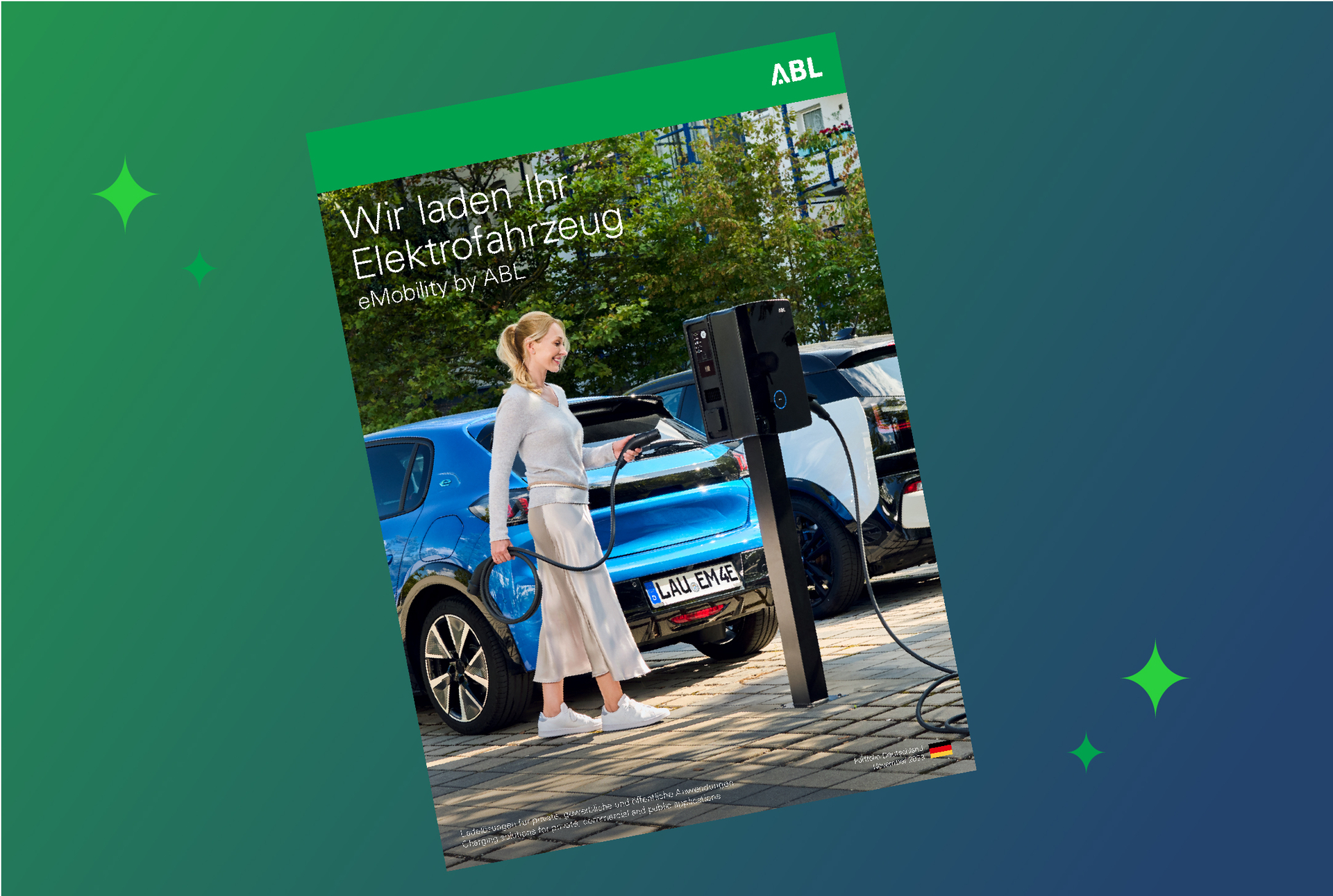
ABL eMobility Katalog Juni 2024
Wir laden Ihr Elektrofahrzeug: Ladelösungen für den gewerblichen, öffentlichen und privaten Bereich.
In unserem neuen digitalen eMobility Katalog finden Sie alle Informationen rund um unser eMobility Produktportfolio.

